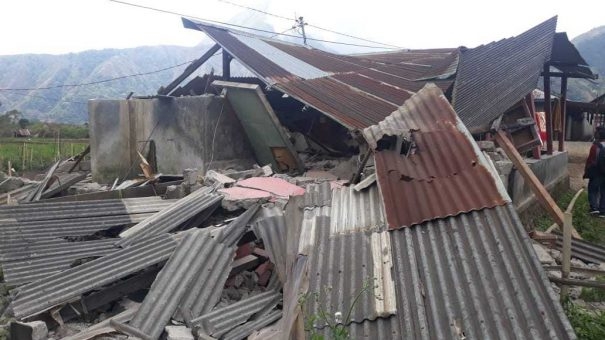One week on: 380 killed and damage worth $138 million in Lombok earthquake

On 5th August a deadly 7.0 magnitude earthquake struck the Indonesian Island of Lombok. The earthquake was followed by a number of high magnitude aftershocks, with a 6.2 magnitude aftershock on the 9th.
The Indonesian authorities have estimated the death toll to be over 380, with over 1,000 injured and 270,000 displaced. In total, an estimated 3.5 million people on the Island of Lombok have been affected and 67,000 homes destroyed.
In addition, 468 schools have been destroyed, along with six bridges, three hospitals, ten health centres, fifteen mosques, fifty mushola and twenty offices. The total cost of the damage is currently estimated to be $138 million.
The Indonesian government is still working to rescue those who remain trapped under rubble and assist the affected populations, which have been difficult to reach due to the high level of destruction.
Helen Vanwel, Country Director for CARE International Indonesia, commented:
“It’s hard to imagine the panic people are facing right now. Imagine already seeing your home collapse and the earth continues to rumble. While parents try to protect and comfort their children, there is increasing urgency and need for clean water, food and shelter.”
The current urgent needs are for tents, blankets, food, rice, portable toilets, clean water, health services, trauma healing, clothes and tarpaulin.
Sutopo Purwo Nugroho, Spokesperson, The National Disaster Mitigation Agency (BNPB) added:
“According to satellite images, the buildings in North Lombok regency suffered massive damages. We are still collecting more information”
The AIDF Asia Summit will return in 2019.
If you’d like to stay informed on the latest updates in aid and development, please sign up for the AIDF newsletter.
Image credit: Islamic Relief Worldwide













